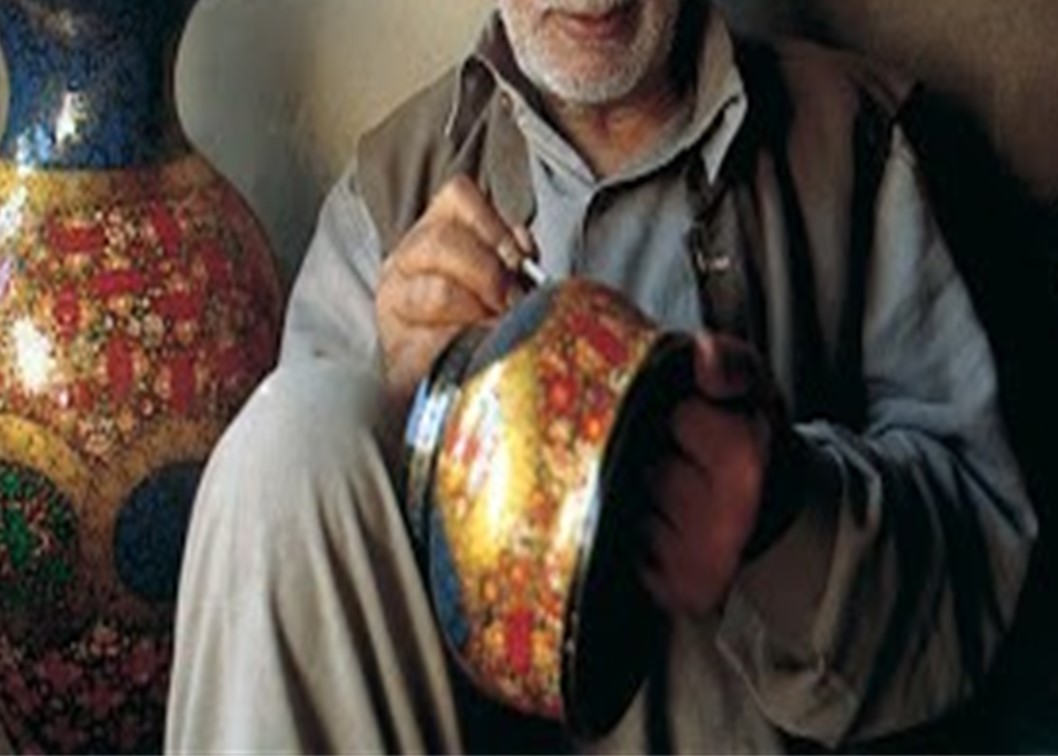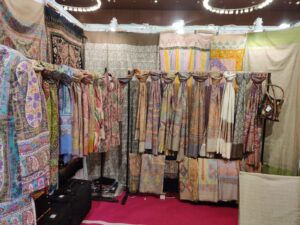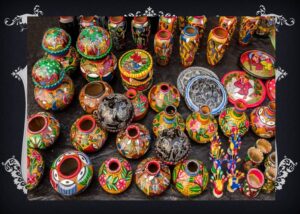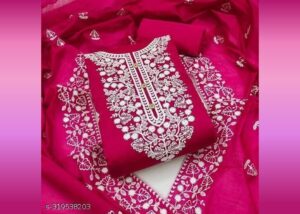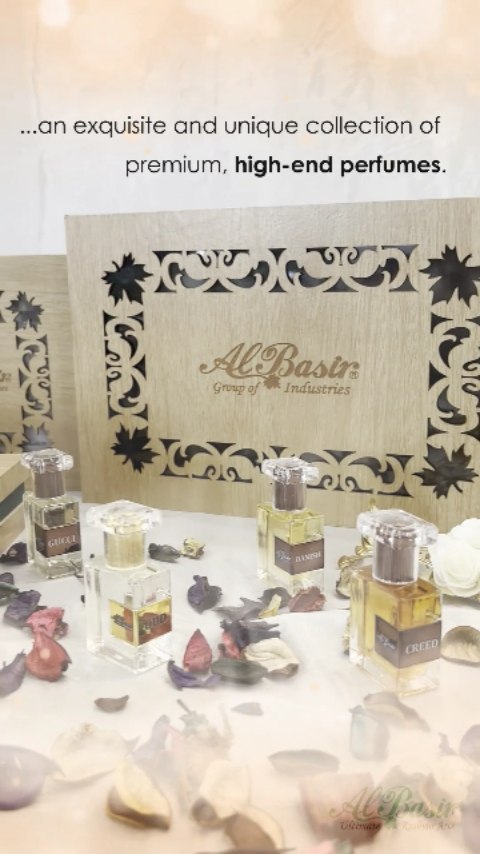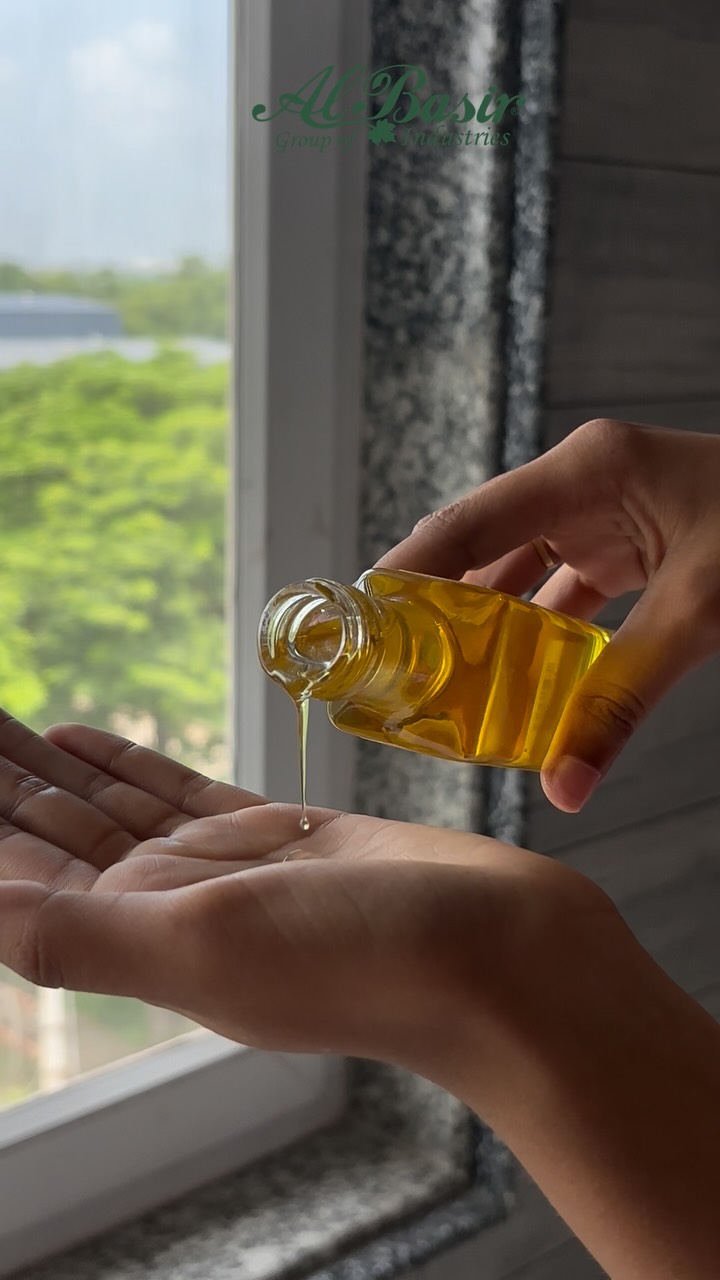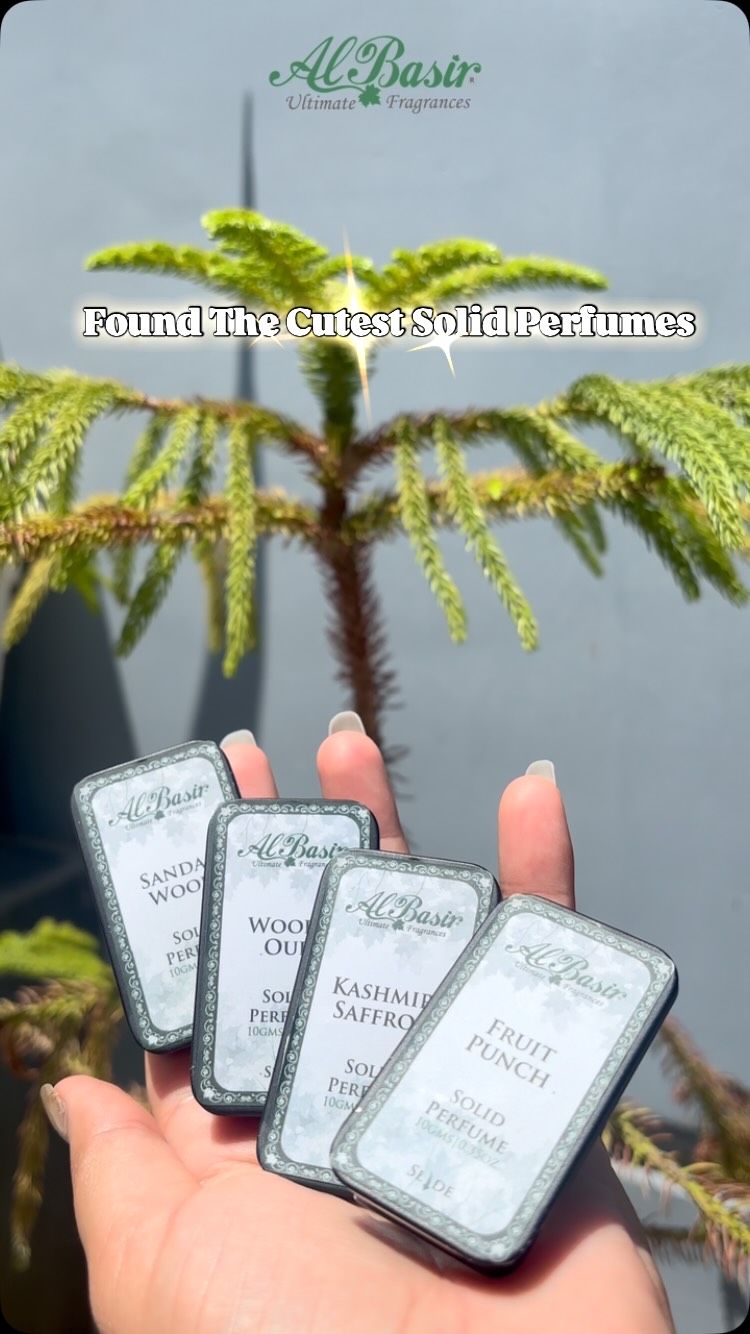MAKING OF COPPERWARE:

The making of copperware is a time-honored craft that dates back centuries, characterized by meticulous craftsmanship and an enduring appreciation for the beauty and utility of copper. From pots and pans to decorative items and utensils, copperware encompasses a wide range of objects, each crafted with precision and skill. The process of making copperware typically begins with the selection of high-quality copper sheets or ingots. Copper is valued for its malleability and conductivity, making it ideal for shaping and forming into various objects. Once the copper is obtained, artisans use a combination of traditional techniques and modern tools to shape, hammer, and mold the metal into the desired form. One of the hallmark techniques used in making copperware is hand-hammering, where skilled artisans use hammers and anvils to shape the copper into intricate designs and patterns. This technique not only adds texture and visual interest to the finished piece but also strengthens the metal, making it more durable and resistant to damage. After shaping and hammering, the copperware is often treated with various finishes to enhance its appearance and protect it from tarnishing. Common finishes include polishing, lacquering, or applying a protective coating to seal the surface and prevent oxidation. In addition to its practical uses, copperware is also prized for its aesthetic appeal. The warm, lustrous hue of copper adds a touch of elegance and sophistication to any kitchen or dining space, while the intricate designs and patterns found in many copper pieces showcase the skill and artistry of the artisans who create them.The making of copperware is not just a craft but a cultural tradition, with techniques and designs passed down through generations. Many copperware artisans belong to families or communities with long-standing ties to the craft, and by preserving these traditional techniques, they help to ensure that this rich heritage continues to thrive for generations to come.
MAKING OF PAPER MACHE:
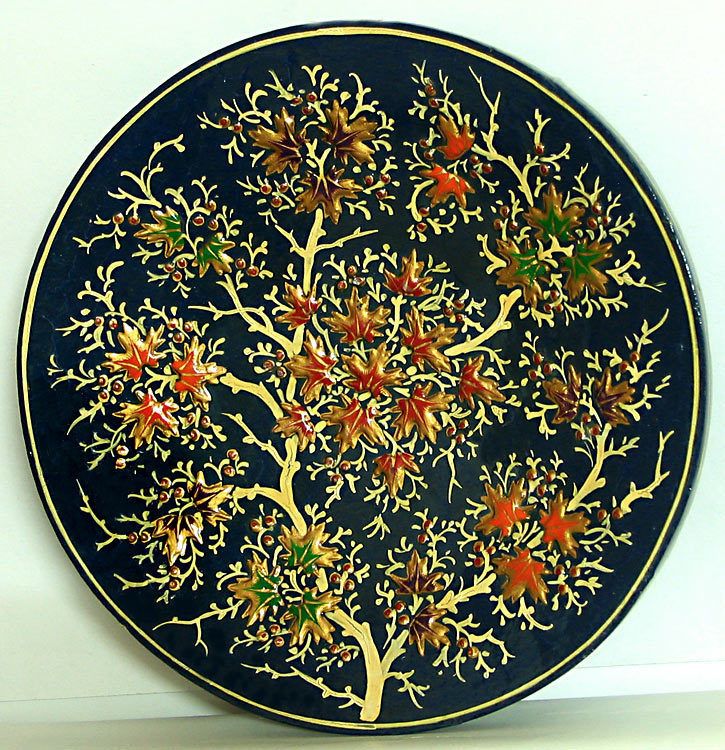
Paper mache, a versatile and accessible craft, involves the use of torn paper or paper pulp mixed with adhesive to create a malleable material.
This material can be shaped into various forms, ranging from simple masks and figurines to intricate sculptures and decorative objects. The process typically begins with creating a base structure using materials like wire, balloons, or cardboard. Strips of paper are then dipped in a paste made from flour, water, or glue, and layered onto the base. After allowing the layers to dry, additional layers are added as needed to build up the desired thickness and strength.
Once the paper mache is completely dry, it can be sanded, painted, and embellished to achieve the desired look. This versatile medium allows for endless creativity, making it popular among artists, hobbyists, and educators alike. Whether creating simple crafts with children or intricate artworks for display, paper mache offers a satisfying and accessible way to bring ideas to life.
MAKING OF WALNUT WOOD:
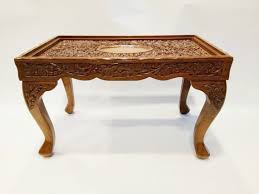
Walnut wood, prized for its rich color, beautiful grain patterns, and durability, is a sought-after material in woodworking and furniture making.
Harvested from the walnut tree, which belongs to the Juglandaceae family, walnut wood is known for its strength and workability. The heartwood of the walnut tree ranges in color from light brown to deep chocolate, often featuring darker streaks and swirls that add character to finished pieces.
This wood is favored by craftsmen for its stability and ease of carving, making it ideal for intricate designs and fine furniture. Additionally, walnut wood possesses natural resistance to decay and insect infestation, making it suitable for both indoor and outdoor applications. From elegant dining tables and chairs to intricate carvings and veneers, walnut wood lends a timeless beauty and sophistication to any project. Beyond its aesthetic appeal, walnut wood is also valued for its sustainability, as walnut trees are known for their relatively fast growth rate and ability to thrive in diverse climates. As such, walnut wood remains a popular choice among artisans and woodworkers seeking both beauty and functionality in their creations.
MAKING OF WILLOW:

Willow, a graceful and versatile tree belonging to the Salicaceae family, is renowned for its slender branches, delicate leaves, and distinctive appearance.
With over 400 species distributed across the globe, willows are known for their adaptability to various climates and growing conditions. The tree’s flexible branches have long been used in traditional crafts such as basket weaving, where their pliability and strength make them ideal materials.
In addition to their utilitarian uses, willows hold cultural and symbolic significance in many societies, often representing resilience, renewal, and growth. The weeping willow, with its cascading branches and ethereal beauty, is particularly iconic and is commonly planted in parks and gardens for its ornamental value. Beyond its aesthetic appeal, willows also play important ecological roles, providing habitat for wildlife, stabilizing soil along waterways, and helping to filter pollutants from water sources. Moreover, willow trees have been utilized in traditional medicine for centuries, with extracts from their bark and leaves used to alleviate pain and inflammation. Overall, willows are cherished for their beauty, utility, and ecological importance, embodying a deep connection between nature and human culture.
Please call our Customer Care for any query. (9am to 6pm) +91 9463 777 888 or write @ info@albasir.in.














